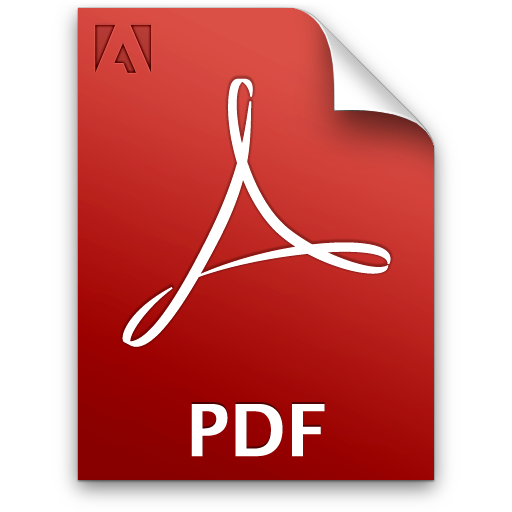THE SYSTEM OF HIGHER EDUCATION IN CANADA
HABELKO Olena Mykolaivna –
Candidate of Pedagogical Sciences,
Associate Professor Department
of Linguodidactics and Foreign Languages
Kirovohrad Vynnychenko State Pedagogical University
e-mail: [email protected]
Summary
This paper will reflect on some of the historical origins of higher education in Canada and highlight some of the contemporary challenges facing the system. It focuses on the reasons why Canada needs to develop a higher education system that is democratic, open, and accessible to all who are qualified and willing to participate, regardless of background.
There are approximately 163 public and private universities in Canada though this figure is based on an inclusive definition that includes private theological institutions that offer degrees in theology. By the 1970s Canadian universities were generally characterized as public, secular institutions and governments viewed university degree granting as a public monopoly. The number of universities was tightly controlled by government. While provinces still tightly control the number of universities, several provinces have allowed for the emergence of a limited number of private universities. Most of these private universities are quite small and are associated with a religious denomination (such as the Canadian Mennonite University in Manitoba) or offer programs within an institutional environment that supports the beliefs and values of a religious faith (such as Trinity Western University in British Columbia). There are approximately 183 public colleges and institutes in Canada. As noted much earlier in this essay, there are significant differences in the mission and role of institutions that fall under this broad category.
Canada’s colleges and universities have a strong sense of internationalization, whether in the establishment of institutions or hiring teachers, the research subjects, students’ enrollment and employment, they can consider from the international point of view . For example, the recruited 3,200 international students of the University of York are from 50 countries; the enrolled 3,000 students in Seneca College are from 75 countries. They truly believe that the idea of internationalization is to allow students have access to international culture, so they require students to learn foreign languages and cultures. Canada’s international education includes the following six aspects: first, encouraging their students to learn a second language. Such as the University of York in recent years has increased the variety of European language courses, adding Chinese, Japanese, Korean, Arabic and so on. Second, integrating the foreign language and courses. The third is the implementation of the cooperation with foreign institutions. The fourth is to send students abroad for short-term internships. The fifth is to attract international students to study in Canada. The sixth is to carry out scientific research cooperation with foreign colleges and universities.
As in most industrialized, developed nations, Canadian society, and participation in the public sphere, is increasingly predicated on a high skills-high wage economic strategy. Although the extent to which educational attainment can facilitate upward social mobility is constrained by stratification at the societal level, education remains the primary mechanism by which low-income and disadvantaged groups can transcend the socioeconomic position of their families. While ‘education for citizenship’ has long been meant something important to many educators, perhaps a reinvigorated call for ‘education for economic competitiveness’ will appeal to those who possess the influence to make the changes that are necessary to make higher education universally accessible to all Canadians who would like to have an opportunity to participate.
Keywords: higher educational, federal funding, academic andependence.
Full text:
REFERENCES
1. Education in Canada. E. P. Niffic. [2nd ed]. February, 2011. Version 3, July 2015. – 56 p.
2. Jones, G. A. An Introduction to Higher Education in Canada / G. A. Jones // In K.M. Joshi and Saee Paivandi (eds) Higher Education across nations. Delhi: B. R. Publishing. – Vol. 1. – P. 1–38.
3. Kirby, D. Reviewing Canadian Post-Secondary Education: Post-Secondary Education Policy in Post- Industrial Canada / D. Kirby // Canadian Journal of Educational Administration and Policy. – Vol. 65. – 2007. – Р. 9.
4. Land, D. Financing Higher Education in Canada / D. Land // Research Gate, January 2005. – P. 1–44.
5. Xu, Q. On characteristics of Higher Education in Canada and Its Inspiration / Q. Xu // International Education Studies. February, 2009 – Vol. 2. № 1. – P. 1–4.





